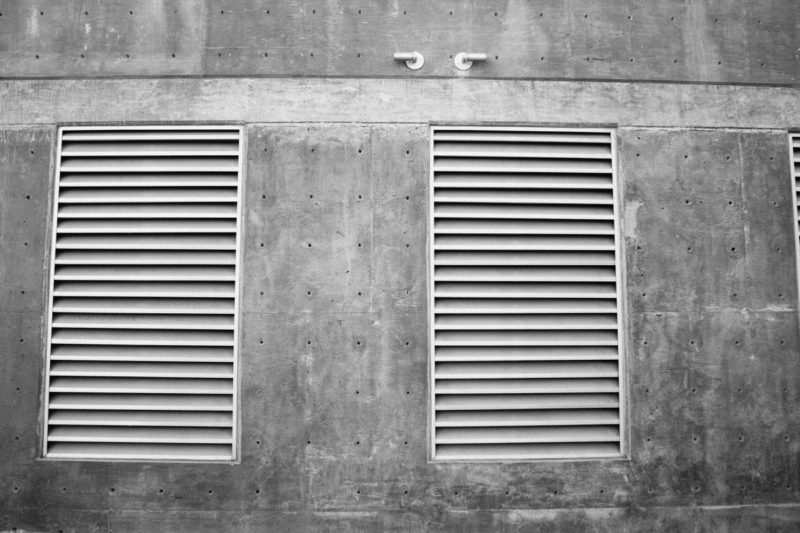Are you wondering how to stop the wind from blowing out pilot light on the water heater? Fix your gas release thermocouple, cap your chimney, guard against downdrafts, and double-check your firebox casing to avoid a malfunctioning pilot light caused by the wind.
It may constitute a hassle when the pilot light is often blown out. If your water is regulated externally, you’ll need to walk outdoors to switch it on in the winter, which might pose significant difficulties.
Yet, a water heater’s blowing-off procedure is not standard, and it’s conceivable that it heaters is experiencing a technical problem that you’re unaware of. As a result, it is preferable to consult a professional. You may also examine and repair the heater using the instructions under. My friends, there are more things that you should know, so without further ado, let’s start!
Ways To Stop The Wind From Blowing Out The Pilot Light
Sometimes the wind is not the actual cause that blows the pilot light on the water heater; instead, many factors cause the wind to do this. Below, we discussed a few ways how to stop the wind from blowing out pilot light on the water heater:
#1. Check the thermocouple
It is the thermocouple, not the wind, and it is the most likely cause of a pilot light blowing out. The thermocouple detects whether or not your water heater’s pilot flame is active. If the pilot current goes out, the thermocouple turns off your water heater instantly, and you’ll have to reset the pilot light to have it running immediately. Whenever your thermocouple is damaged, unclean, or faulty, you’ll have an issue.
Even if the pilot light is operating correctly, you will be utilizing cold water if the thermocouple is not aware of this. Cleaning the thermocouple of any dust or dirt will be your main task. Sprinkle an old cloth with an all-purpose disinfectant and begin cleaning away any crud on the thermocouple. Test to check whether it’s correctly oriented it doesn’t operate. Your thermocouple may have to be adjusted accordingly periodically as it moves. Read more about the common water heater thermostat problems.
#2. Look at the heating element
The gas release valve, like the thermocouple, is essential for starting a pilot light. If the heater is fueled by electricity rather than gas, you’ll need to hunt for an electrical heat exchanger. The gas release valve also called the heating element, ignites the pilot light and keeps it burning. Your pilot light will not work without it. Examine the gas release valve for any dirt or dust that may be preventing it from performing its function. Specific components may need to be replaced if they have become rusted overage. In this case, you need to replace the gas release valve or hire an electrician to stop the wind from blowing out the pilot light. Know how to clean calcium out of water heater.
#3. Check any downdrafts
To maintain water heaters working correctly, they are linked to ventilation systems or chimneys. You should look for cracks or leakage if the heater is connected to the air vents. The possibility of a downdraft shifting back into the heater and blowing out its pilot light grows as colder air departs. Place your palm near the heater’s venting duct to see whether there’s a downdraft. Do not touch any one of the tubes with your hands! They’re scorching sufficient to blister your palm severely. You’re fine just to go if you can feel chilly air passing from the ducts.
You’ve got an issue if there’s heated air. Downdrafts can also cause your pilot light to be blown out if your outlet is obstructed from the house’s exterior. It occurs because there is excessively much dirt or material on the vent heading to the surface of your home. House vents are typically found on the rooftop or in the attic, so use great caution or, preferably yet, hire an expert.
#4. Check the chimney cap
Checking to determine sure the chimney cap is correctly placed. Many chimneys have a cap on them to prevent everything externally from getting in, and conversely. Your pilot may be affected if the cap is incorrectly placed or has rusted over time. It’s not a good idea to just go over to the chimney to check out what’s wrong. A specialist may examine the chimney’s cover to determine the source of the issue. Find out how to clean hot water heater too.
#5. Fix any leakage
A covering protects the pilot light on every water heater from the weather. The cover is designed to sit flat against your water heater, preventing air and other dirt from entering. If you’re experiencing trouble, ensure sure the firebox lid is completely closed and that there are no gaps. Wind may blow straight through all the tiniest holes, extinguishing your pilot light. Check with a wrench to determine whether it only requires to get adjusted to keep flush. You’ll want more heater adhesive if the cover gets twisted and won’t stay that way flush. The heater adhesive is designed to withstand high temperatures, and specialized substances are frequently employed in water heaters.
It’s A Wrap!
After reading this article, we hope that you will better understand how to stop the wind from blowing out pilot light on the water heater. By fixing the dirty thermocouples, any leaks, or installing the heating element properly you can stop the wind to blow out the pilot light. Thank you friends for being with us at the end!

